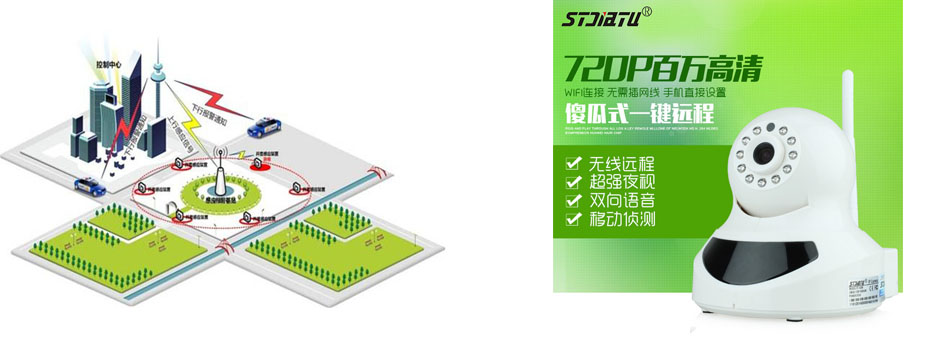水源熱泵是利用地球水所儲藏的太陽能資源作為冷熱源,進行轉(zhuǎn)換的空調(diào)技術(shù)。那它與常規(guī)的的空調(diào)技術(shù)有什么不一樣?下面,一起來看看水源熱泵的工作原理和特點等。
Water source heat pump is an air conditioning technology that uses the solar energy resources stored in the earth's water as cold and heat sources for conversion. What's the difference between it and conventional air conditioning technology? Next, let's take a look at the working principle and characteristics of water source heat pump.
水源熱泵原理
Principle of water source heat pump
通過輸入少量高品位能源(如電能),實現(xiàn)低溫位熱能向高溫位轉(zhuǎn)移。水體分別作為冬季熱泵供暖的熱源和夏季空調(diào)的冷源,即在夏季將建筑物中的熱量“取”出來,釋放到水體中去,由于水源溫度低,所以可以高效地帶走熱量,以達(dá)到夏季給建筑物室內(nèi)制冷的目的;而冬季,則是通過水源熱泵機組,從水源中“提取”熱能,送到建筑物中采暖。
By inputting a small amount of high-grade energy (such as electric energy), the transfer of low-temperature potential heat energy to high-temperature potential can be realized. The water body is used as the heat source of heat pump heating in winter and the cold source of air conditioning in summer, that is, the heat in the building is "taken out" and released into the water body in summer. Because the water source temperature is low, it can efficiently take away the heat, so as to achieve the purpose of indoor cooling of the building in summer; In winter, the heat energy is "extracted" from the water source through the water source heat pump unit and sent to the building for heating.

